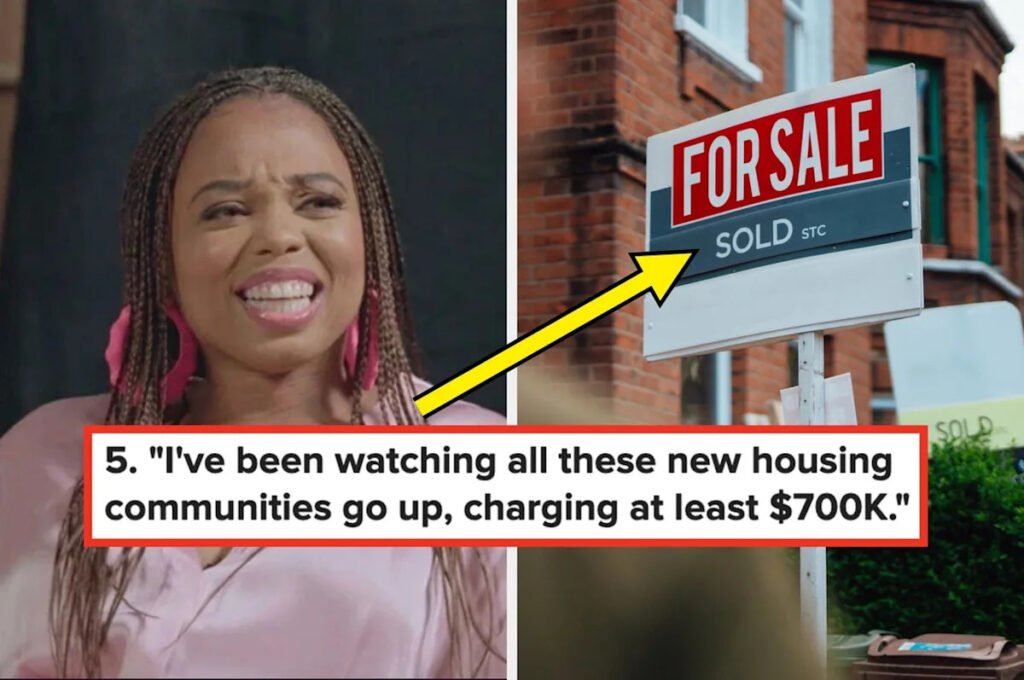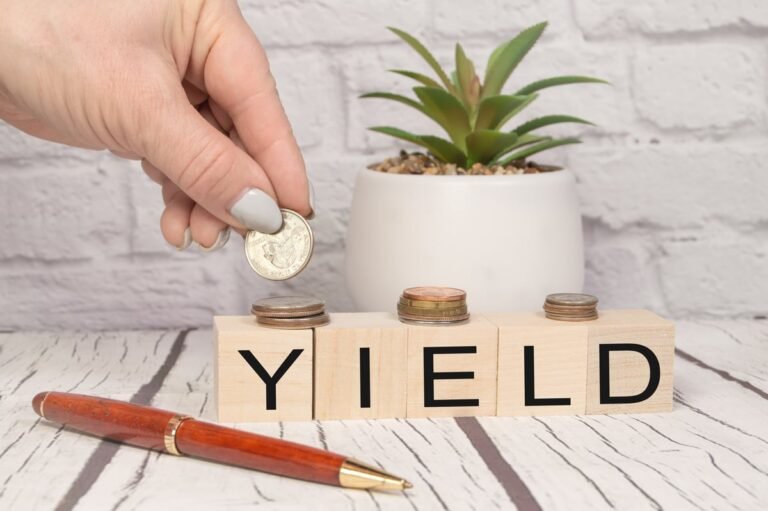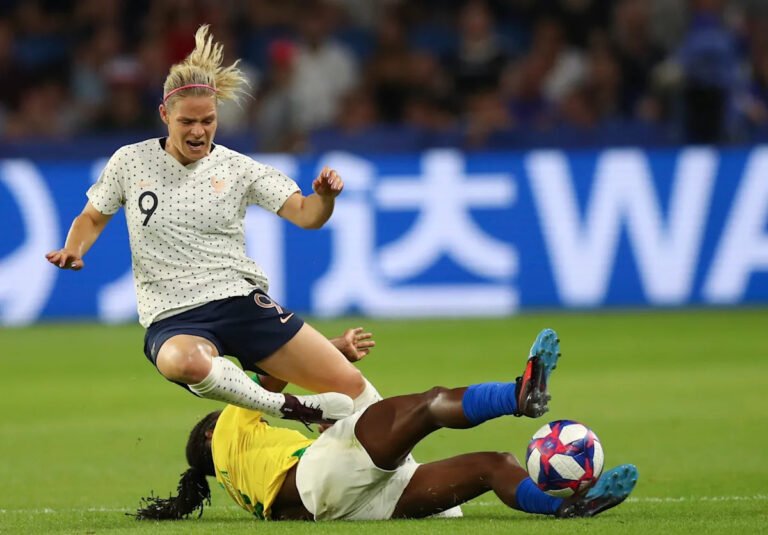
For years, people have opened up about gentrification and how it’s affected their own lives and communities.

Ferrantraite / Getty Images
The Urban Displacement Project describes it as “a process of neighborhood change that includes an economic change in a historically disinvested neighborhood — by means of real estate investment and new higher-income residents moving in — as well as demographic change — not only in terms of income level but also in terms of changes in the education level or racial make-up of residents.”
Gentrification is a complex issue, and it has been known to negatively impact low-income communities and people of color, as it typically leads to forced displacement. And people online have shared the unexpected and clear signs it’s bound to happen in an area. Here’s what they had to say:
Note: Some responses were pulled from these two Reddit threads.
1.“I live in the Nashville area, and this has been an issue for a few years now. We have a particularly bad case of ‘tall/skinnies’ here. Developers buy an old house, tear it down, and put up two tall/skinny houses on the single lot, and they look absolutely ridiculous. Some of them honestly look like they aren’t much wider than a shipping container and are three to four floors tall.”
“They stick out like a sore thumb, and most are honestly just slapped together like Ikea furniture and sell for millions just because they are close to downtown.”

Me 3645 Studio / Getty Images
2.“Painted utility boxes are a huge sign of gentrification in PG County. Expect matchbox fancy $2K studio apartments next, and then a series of strip malls with the weird ash wood look.”

David L. Ryan / Boston Globe via Getty Images
3.“When it happened in E. Austin. I noticed two things: the removal/replacement of anything frequented by poor people, and the lack of random roosters. It was already done by the time the vegan cat café showed up. But the developers will still tell you to move to the ‘historical part’ of Austin, even though all the history has been shoved out and painted over. And now, they call the cops on our ‘historic’ car club meetups.”

Peeterv / Getty Images
4.“When you start seeing/hearing a lot of positive press about a known-to-be-sketchy area. Gentrification doesn’t work if the place doesn’t become desirable to new businesses and residents. Investors want those who avoided the area before to start thinking of how great it could be to get that gentrification momentum going.”
“I watched it happen to a certain area in Los Angeles proper, just outside downtown, that you didn’t want to walk through after dark, 10 to 15 years ago. Now, it’s been very much reborn as a millennial Mecca and hipster haven.”

Isabel Pavia / Getty Images
5.NorCal resident here. I’ve been watching all these new (mostly gated and HOA) housing communities go up, charging upwards of $700K at minimum, but most are more than that, and all these people moving inland from the Bay Area willing to pay for it are driving up the cost for the locals. And you’d think that would bring more businesses, but no, just more houses and warehouses. Then there’s competing with ‘investors’ buying the cheaper houses only to do the cheapest cosmetic changes and put them back on the market well above what they paid, or renting them out.”
“I just took a day trip recently and was reflecting how many awesome places my state has to visit and how many of them I’ve driven to, and how it’s a shame I’m being priced out of where I’ve lived my entire life.“

Ak_phuong / Getty Images
6.“The FIRST sign is the first quirky coffee shop that isn’t a Starbucks. See one of those, and grab you some real estate, because the bougies are coming, and they’re bringing wild housing prices with them.”

Serhii Mazur / Getty Images
7.“Old buildings get torn down. Before the beginnings of gentrification, the lots weren’t worth removing the condemned buildings; renovation teams start showing up in neighborhoods that haven’t been renovated in decades. Lawns start getting cut on a weekly basis. Once a neighborhood goes from condemned to livable, all the other stuff starts to happen pretty quickly.”
“A lot of this is spearheaded by property developers/home flippers looking at analytics to find the next neighborhood to invest in.”

Glasshouse Images / Getty Images
8.“At some point, an organic grocery store opens up. The crime rate goes down over time. Home prices/rents go up quickly. More coffee shops and breweries.”

D3sign / Getty Images
9.“Recovering planner here. In the background, people look for parcels that are worth more than the improvements. If there are a lot of them in an area — especially an area with amenities and good transport bones, it is a good candidate.”

Andreypopov / Getty Images / iStockphoto
10.“Rent going up 300% over the course of a decade.”
“I took a gander at my old Atlanta apartment that I moved into six or seven years ago that I rented for $800 a month. It’s now around $2K. It was a POS.”

Urbazon / Getty Images
11.“If an area is headed for gentrification, people who don’t have children start moving in. Artists, musicians, writers. College students. Restaurants, especially trendy restaurants. Galleries and music venues. Bookstores. Coffee houses. All the kinds of places young hipsters like. Housing stock that is neglected but can be restored. Young people living in a cooperative.”
“Sometimes, the gentrification doesn’t launch. It’s not guaranteed. If there’s too much crime, if the resources needed to lift it up vanish due to external circumstances or a lack of collective momentum by investors, it may fail.”

Praetorianphoto / Getty Images
12.“One thing that has stood out is a new trendy name that has come out of nowhere. We live in ‘insert name,’ and it’s been called that forever. Uhhh, no it hasn’t!”
“Exactly! We actually have a new area deemed SODO. I asked someone once about all of the names, and I almost lost it and laughed in their face. They asked how would you know where to go if you had to meet someone somewhere or go to their house. I held it together, but I’m sure my face gave it away. I don’t even think I responded to that.”

Zeyu Wang / Getty Images
13.“If you follow your local newspapers and you start reading about apartments being sold and the new owners wanting to renovate is a sign. This type of action by the new owner will usually come with mass eviction notices — especially, if they are rent-controlled and support certain demographics, like senior citizens or those who are lower income.”
“Then when the reno is complete, the new owner jacks the rent up ensuring old tenants can’t ever come back, sending displaced tenants away like a ripple effect to the next cheapest block or city. Then the neighboring apartment buildings say, ‘Well, the apartments next door are charging the new amount, so should I,’ then the next wave starts, with or without the renovations. The cycle continues. Demand in the new area for newly displaced or gentrified population will then be focused on by the last corporate apartments buyers to do it all again until we all live in a van down by the river.”

Vithun Khamsong / Getty Images
14.“The ‘artisan’ restaurants that make a classic food (burger, taco, etc.) and make them 25 dollars because of their premium ‘aiolis’ or other fancy ingredients. They’re usually decorated with a graphic of the parts of a cow or pig.”

Hinterhaus Productions / Getty Images
15.“Mass buying of local properties by real estate investors, while pricing out local buyers.”

Ajcasanova / Getty Images
16.“Gentrification isn’t random. It’s an ongoing process. I live in Charleston, South Carolina. We’ve experienced significant growth in my lifetime. We’ve gotten to the point where building new neighborhoods further out is an increasingly less viable option. Add to this, large employers moving into North Charleston, and you have a recipe for gentrification. This isn’t because someone bought an old gas station and turned it into an art gallery. It’s because people need a place to live, and industry is growing in our city. Those art galleries and taco shops are responding to the same economic conditions that the developers are. They see an economically depressed area in commuter distance to major employers.”
“This drives down rents, which makes the area desirable for new businesses. Some of them will stay (like the taco shop), while others will have to move on when rents start to get high (like the art gallery).”

Jacob Kupferman / Getty Images
17.“People running or jogging, especially during the weekday mornings.”
“I lived in a neighborhood that was gentrifying and remember a local telling me, who was pushing my baby around in a stroller, that 10 years prior she had almost never seen anyone walk around in her neighborhood.”

Hinterhaus Productions / Getty Images
18.“I’ve worked in Civic Center San Fransico since 2003, so I’ve seen its evolution for the past 19 years. This place went from a total wasteland to one of the busiest locations in the city. The first thing they did right when Twitter moved in? They started razing all the cheap hole-in-the-wall restaurants and parking lots for shiny new apartment buildings. Basically expect any old ma and pa businesses and parking lots to be the first to go.”

Fotovoyager / Getty Images
19.“You know a place is being gentrified when a lot more artists move in. Artists first go somewhere for cheap prices and then make it ‘interesting’ to richer people. We then — usually accidentally — attract monied people who want to either be associated with us or exploit us, and then, the dive bars flourish. Then, you start seeing artisanal coffee spots. From there, you give it five years.”
—Anonymous

Hill Street Studios / Getty Images
20.“Franchises start replacing local businesses.”

Mint Images / Getty Images
21.“Big demographic shifts. Not just the people of the neighborhood, but the local businesses as well.”

Blue Images / Getty Images
22.“I experienced this in Atlanta through the full process. I moved into a neighborhood that was mostly elderly residents who have probably lived there 20+ years. The house I bought needed repair, but this was in 2011, so the price was manageable. The first sign of things changing was an increase in racist judgemental posts on Nextdoor that were like, ‘Sketchy AA male acting weird and walking in the street.’ When I moved in, my neighbors were extremely friendly and let us know some of the characters in the area, like ‘Watch out for the guy who tries to get you to drive him to Auto Zone then try to scam you for cash-type stuff. Then a new development went up down the street (my street was half in a nice city zone and half in the incorporated county). This is what really started the process. Another development went up a year or so later.”
“Skip maybe five years, and I ran into a lot more families out and about, many houses were renovated, flipped, etc. Eventually, a higher-end grocery store was developed very close by.”

Daniela Duncan / Getty Images
23.“For restaurants, at least like 8–10 years ago, it was: Edison Bulbs, those metal bar chairs (you know the ones), reclaimed pallet wood facades, roll-up doors, and $15 for a handful of tater-tots with ‘aioli,’ which is just hot sauce mixed with mayonnaise.”

Artem Khyzhynskiy / Getty Images / iStockphoto
And finally…
24.“I think by the time you start seeing it, it’s already happened. Displacement and rent increases are mostly invisible (comparatively). By the time the new condos and bougie shops sprout up, it’s already past the tipping point.”

Maskot / Getty Images
Note: Some responses have been edited for length and/or clarity.
What are some other signs that an area will be gentrified/is about to become really expensive? Let us know your thoughts in the comments, or if you prefer to remain anonymous, you can use the form below.



